After a decade or so of press-fit bottom brackets being the dominant system on high-end road bikes, there has – to almost universal acclaim – been a notable return to threaded bottom brackets in the last few years.
Specialized ditched its press-fit OSBB 61 bottom bracket standard in 2020, in favour of a traditional BSA threaded bottom bracket on the Tarmac SL7.
Even Cannondale, the brand that arguably kicked off the trend for press-fit bottom brackets on road bikes, recently specced a BSA threaded bottom bracket on its 2022 Synapse endurance road bike.
It’s hard to find many who’ll stick their neck out for press-fit these days.
However, Canyon recently nailed its colours to the mast with the new 2022 Endurace range, claiming the BB86 press-fit bottom bracket “creates a better pedalling platform for rapid accelerations”.
Perhaps controversially, I think Canyon is on the right track.
Despite the often-reported difficulties of press-fit bottom bracket systems, we should pause for thought before we consign them to Room 101.
A short history of press-fit bottom brackets
For those who didn’t live through the bottom bracket wars of the 2010s, let’s start with some history.
The first* press-fit bottom bracket system to come to mainstream road bikes was Cannondale’s BB30, introduced in 2000 as a proprietary system for its own bikes.
*For the sake of clarity, we’re going to exclude from this article the various press-fit BMX bottom bracket standards and other novel designs that exist.
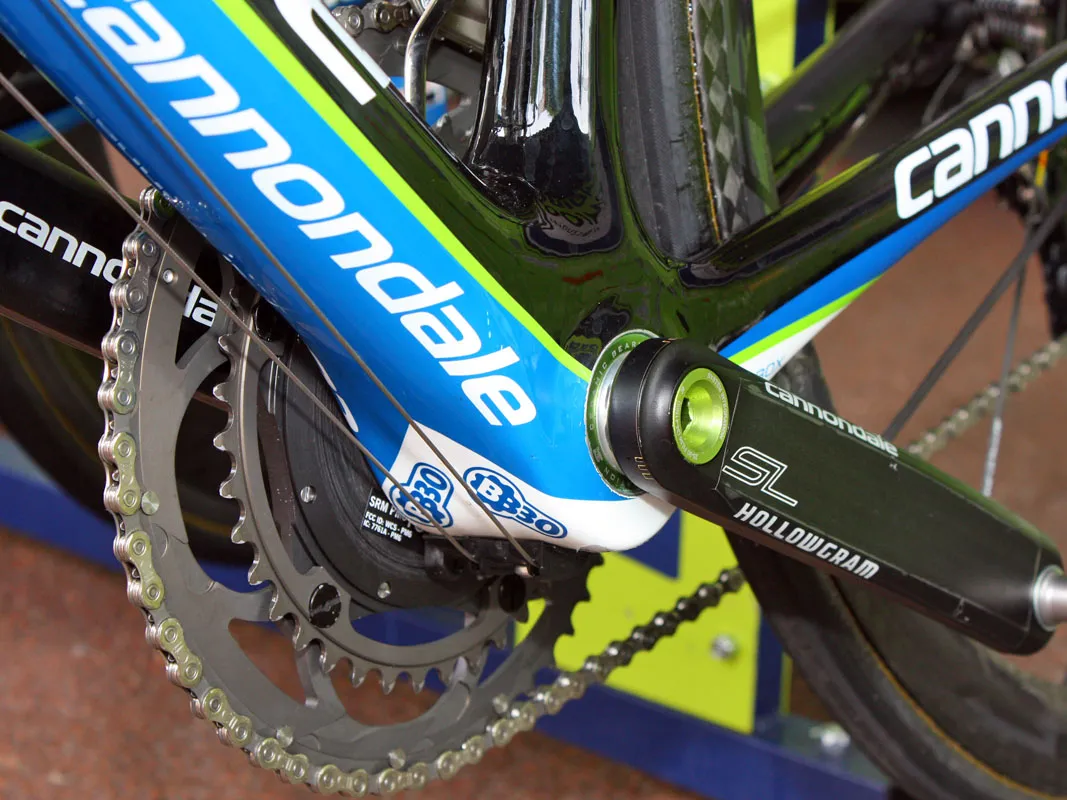
Its large-diameter shell used oversized bearings, which allowed the use of 30mm aluminium crank spindles.
Instead of needing to be housed in an additional metal carrier, the bearings pressed directly into the bike’s bottom-bracket shell. As a result, overall bike weight could be reduced.
The larger aluminium crank spindles were also said to be lighter and stiffer than smaller-diameter steel crank spindles. Oversized carbon tubes can also be used to improve stiffness around the bottom bracket.
Removing the need for threads to be cut into metal frames, or for threaded inserts to be bonded into carbon frames, also helped reduce manufacturing costs by cutting out steps in the process.
In 2006, BB30 became an open standard, and given the lengths to which bicycle brands go to make road bikes ever lighter and stiffer (especially at the time when weight weenie-ism was at its peak), it’s no surprise brands started jumping on the bandwagon.
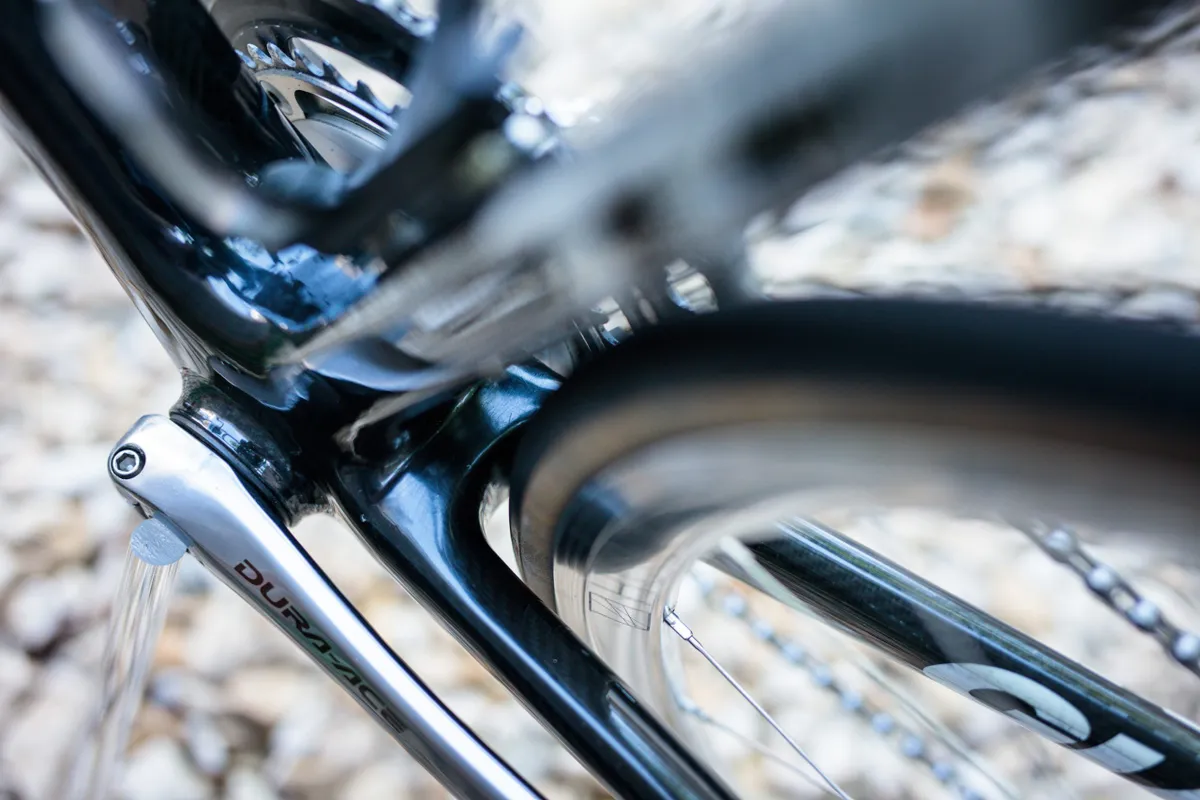
In the same year, even the notoriously conservative Shimano waded in with its own press-fit bottom bracket systems (BB86 for road and BB92 for mountain bikes), in collaboration with Scott.
From around 2010 onwards, almost every high-end road bike was designed with a press-fit bottom bracket.
Of course, many brands thought they could do it differently and better, too, so we were treated to countless new bottom bracket ‘standards’ on a frequent basis throughout the decade.
Welcome to Simon says...
Simon says... is a new series of semi-regular columns from BikeRadar's senior technical writer, Simon von Bromley. Read more from Simon below:
Why press-fit bottom brackets are better
When done right, there’s no need for the bottom-bracket bearings to be pressed into a separate, threaded metal shell.
Bear in mind that even threaded bottom brackets are technically press-fit bottom brackets. The bearings are simply pressed into a metal (typically machined aluminium) shell, which is then threaded into the frame.
Isn’t it obvious that the more elegant engineering solution is to just press the bearings directly into the frame and lose the extraneous metal shell?
After all, this is what we do for most other bearings on bikes, such as headsets, wheel hubs, pulley wheels, suspension pivots, etc.
If it works in all of those areas, it should work for bottom brackets.
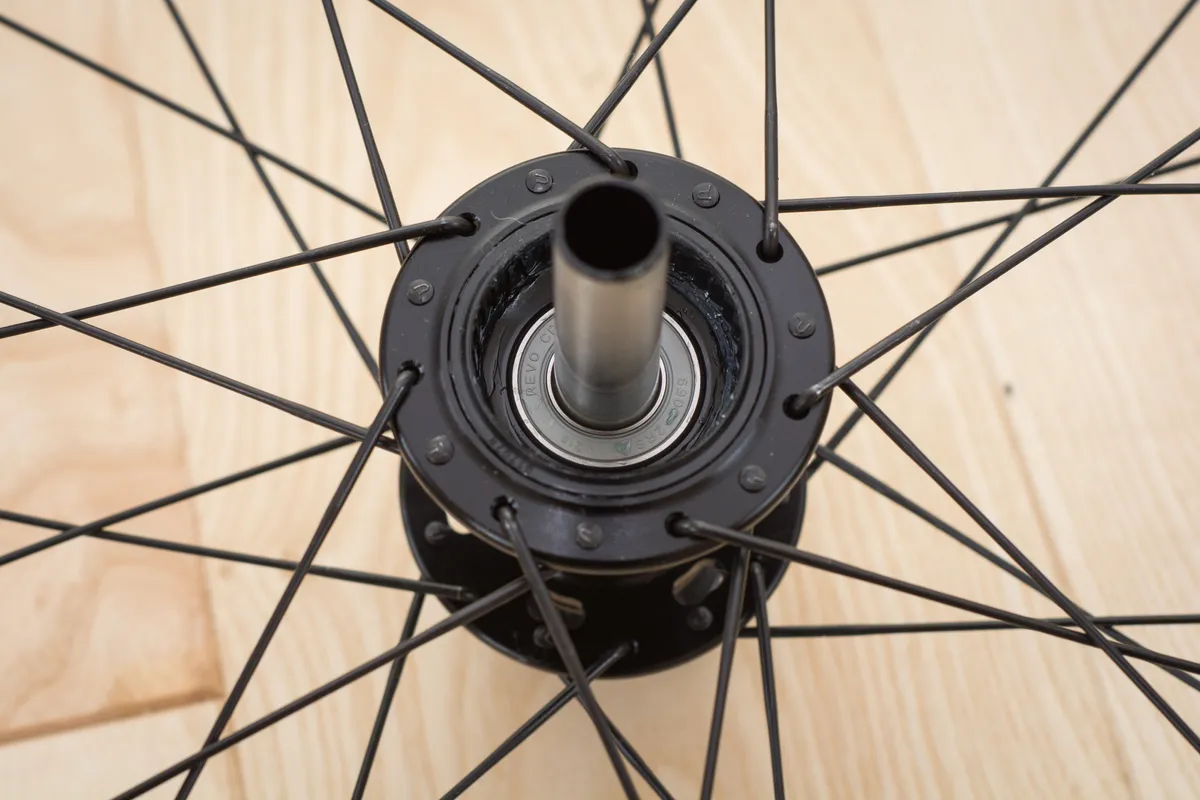
In his video on the subject, Raoul Luescher, a specialist in composite manufacturing, says: “It’s not the fact that press-fit is bad, it’s that the understanding of how to make a press-fit carbon bicycle on a production scale isn’t there… But if you do it right, it’s 100 per cent [the better system].”
External threaded bottom bracket cups also limit tyre clearance at the rear wheel, unless you’re willing to widen the axle, because they cap the overall width of the bottom bracket shell and chainstay arrangement (there are creative ways around this issue, such as raised or dropped chainstays, or the solid-carbon chainstay yoke seen on the latest Specialized Diverge).
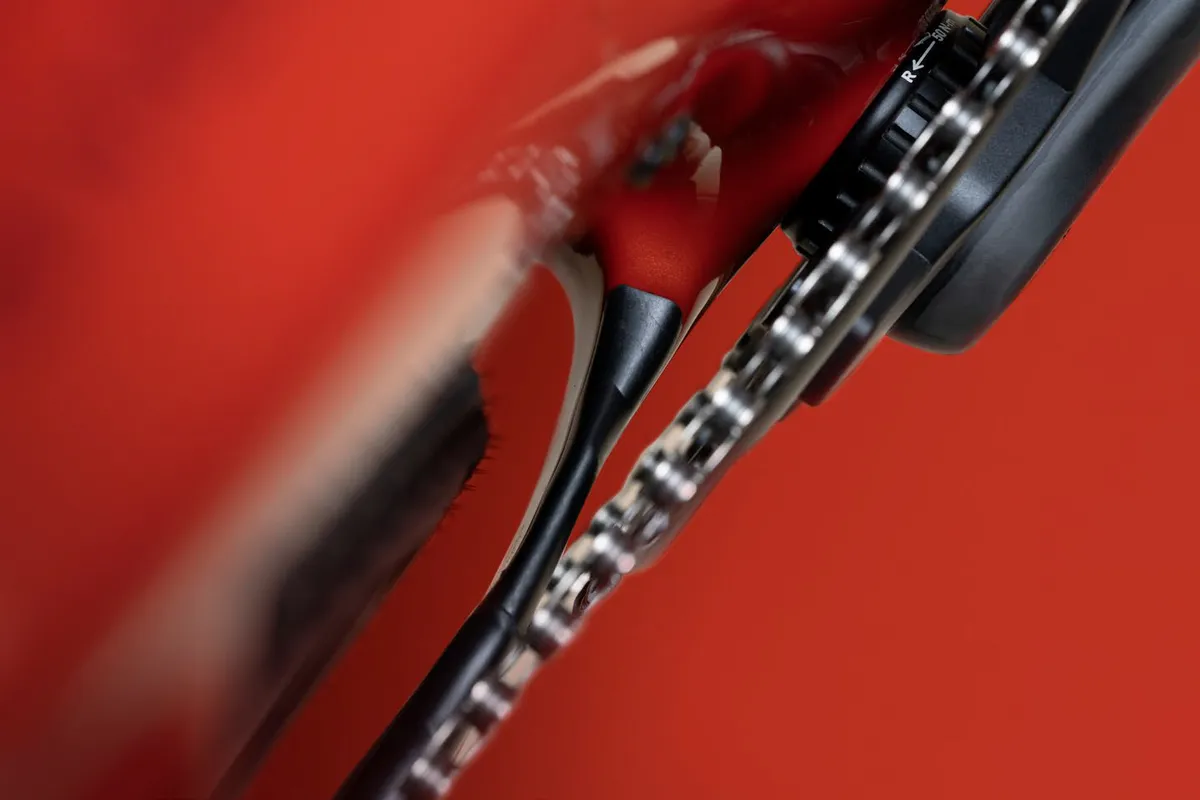
When asked why it had made such a clear point about standing by the press-fit BB86 bottom bracket system upon the launch of the new Endurace, Canyon’s Matthew Leake told us the benefits were “well documented”.
“The overall system is lighter compared to threaded solutions, while the larger interface creates a more stable pedalling platform, which translates to more of the rider’s power transferring from the pedals onto the road,” says Leake.
“From a manufacturing standpoint, it’s also simpler,” he adds, “without the need to co-mould metal inserts for the threads, a process that presents its own challenges when it comes to consistency and quality.”
On the specific benefits of BB86, Leake says the system “has taken a lot of the flak from other press-fit standards that have come onto the market, creaked about, and quietly been put out to pasture. In reality, the concept is sound, and the tolerances you have to keep to in large-scale manufacturing are not unattainably minute.”
Theory versus practice
Of course, I’ve no doubt many reading this are screaming something like, “Why doesn’t my press-fit bottom bracket ever shut up then?” As Leake alludes to, the issue is in manufacturing standards and tolerances, and not necessarily the concept of press-fit itself.
Still, far too many riders have suffered numerous issues at the hands of defective press-fit bottom bracket systems. A Google search for “press-fit bottom bracket problems” returns 21,700,000 results.
Creaking, crank play and low bearing service life were, and remain, the most common problems.
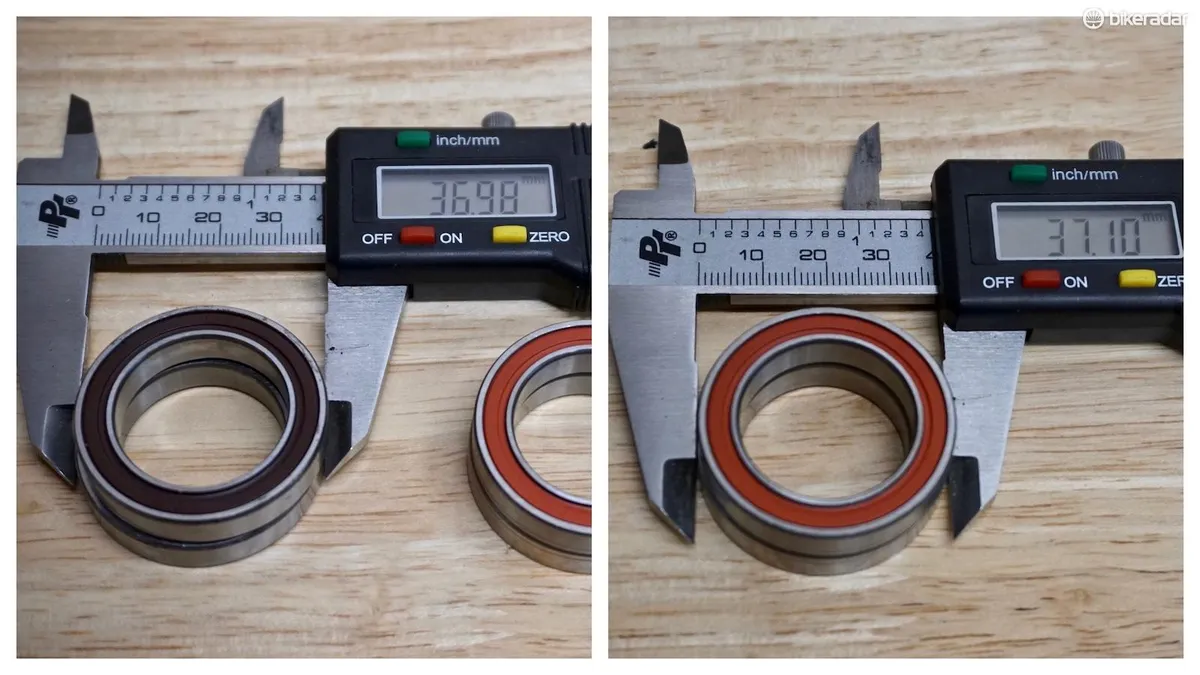
Trek’s BB90 system was, for example, notoriously plagued by such issues. When Trek began using the T47 threaded bottom bracket standard in 2019, BikeRadar’s former senior writer Matthew Loveridge said “I won’t miss BB90, the worst bottom bracket standard”.
It’s fair to say, though, that almost every press-fit bottom bracket system has come in for its fair share of criticism over the years.
While Canyon has sung the praises of BB86, the press material accompanying the launch of the Endurace also stressed “extra attention is paid to tolerances in the manufacturing process with stringent quality checks to ensure long-lasting, creak-free, smooth-spinning performance.”
Specialized, on the other hand, is among the brands to move back to threaded bottom brackets on its performance-focused bikes.
Stewart Thompson, road category lead at Specialized, says the recent switch from a press-fit OSBB 61 system (a variation of BB30) to a BSA threaded bottom bracket on the Tarmac SL7 was due to it being “the lightest and simplest bottom bracket solution” for Shimano and SRAM cranksets, noting these offer optimal shifting performance compared to third-party cranksets and chainrings.
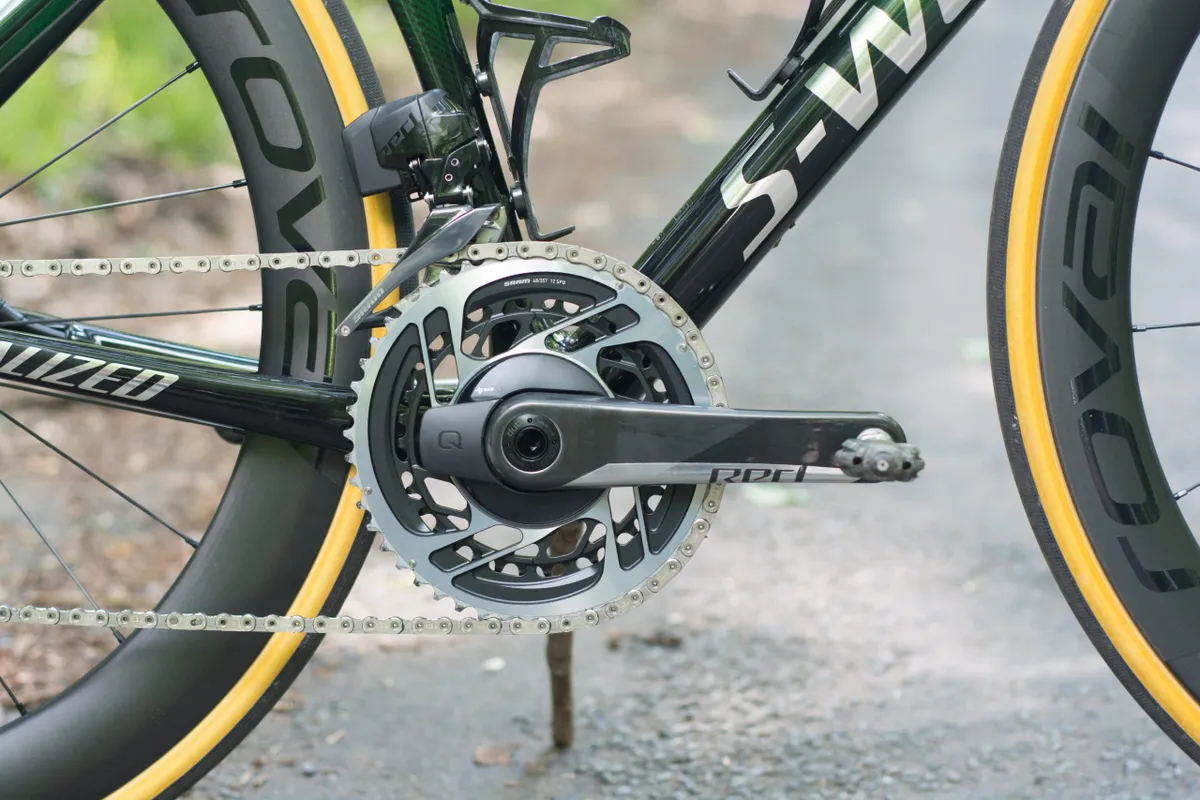
“New construction methods allow us to make BSA threaded frames lighter than we ever made BB30 frames, without compromising on tyre clearance,” Thompson contends, and while Specialized “isn’t shy about innovation and using proprietary designs”, Thompson says the brand is nevertheless conscious those things need to offer clear benefits to riders.
While Thompson says modern threaded systems such as T47, which is essentially an oversized BSA threaded bottom bracket, are “a step in the right direction”, he claims adopting that system “would result in heavier frames, heavier bottom brackets, and take more care and different tools to install”, compared to BSA threaded bottom brackets.
“BSA threaded bottom brackets look to be the way forward for Specialized,” he insists.
Where did it all go wrong?
Canyon’s note about manufacturing tolerances gets to the heart of the matter.
The issue isn’t press-fit as a system – the issue is manufacturing tolerances on the frames themselves.
One industry source told us custom bearings were used by at least one brand in the early days of press-fit, for a more precise interface between the carbon frame and cranksets.
The increase in cost entailed was eventually deemed unacceptable, however, and thus standard bearings returned.
The reason threaded bottom brackets are relatively trouble-free is because the metal carrier shells can be more easily machined for a precise interference fit with the bearings.
This helps eliminate issues such as creaks stemming from movement of the bearings within the shell.
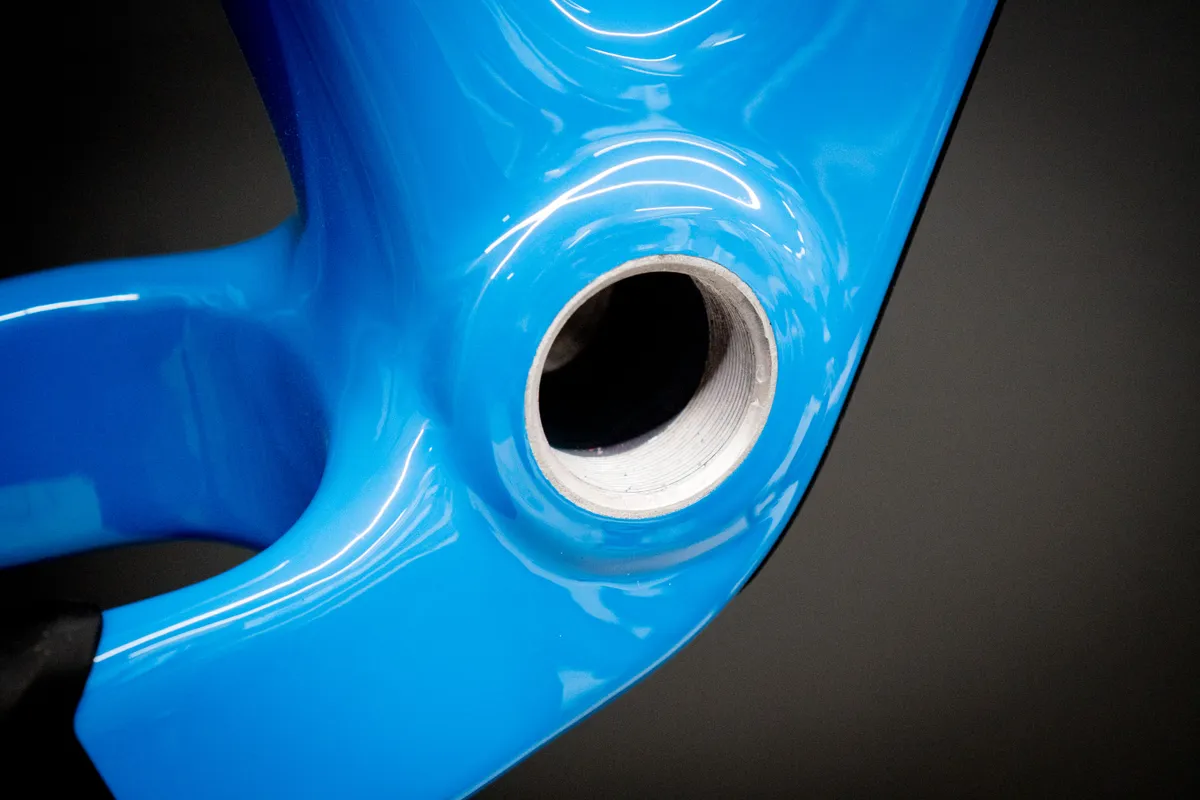
But I say ”relatively trouble-free” because threaded bottom brackets aren’t a cure-all fix. They’re still subject to the same tolerance and alignment issues as press-fit systems, after all.
While they might be less likely to creak, that doesn’t mean you’re always getting optimum service life or performance from the bearings.
Adding the required metal threads into a carbon frame also adds unnecessary weight and creates a potential point of failure in the bond between the carbon and metal.
The difficulty with most carbon bike frames is they’re essentially 'done' once they come out of the mould, with little scope for further adjustment. If it’s not in spec at that point, it’s very hard to change it.
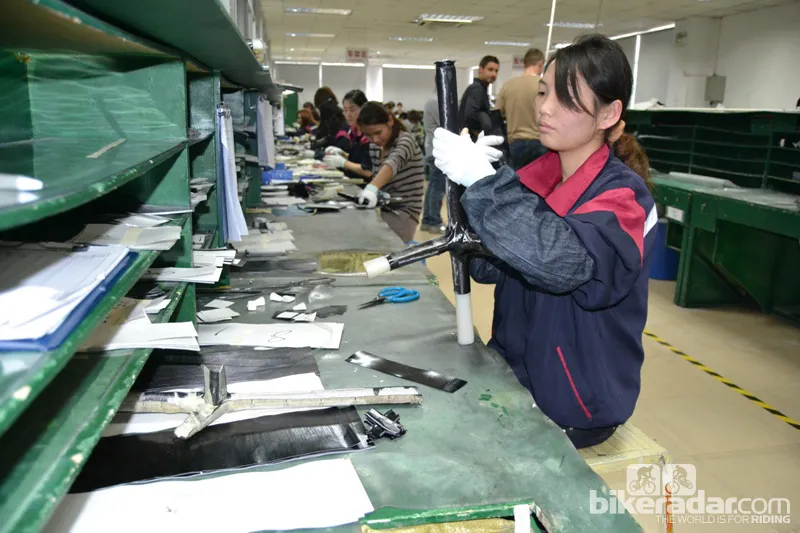
A majority of carbon frames are also laid up by hand, meaning the placement of carbon fibre sheets within a mould is subject to potential human error.
Additionally, according to Luescher, when carbon frames are cured (essentially cooked in a large oven to solidify the resin within the carbon fibres), there will typically be some thermal expansion of the metal mandrel around which the bottom bracket shell is moulded, and some shrinkage or movement of the carbon fibre layers as everything is heated and cooled.
In order to end up with a finished frame that meets the required specifications, these things need to be accounted for.
It’s fair to ask, therefore, whether press-fit bottom brackets are too difficult to produce correctly on a mass scale. The existence of brands that are able to get it mostly right (such as Giant, Canyon, Orbea, Felt and Scott to name just a few) shows it is possible, though.
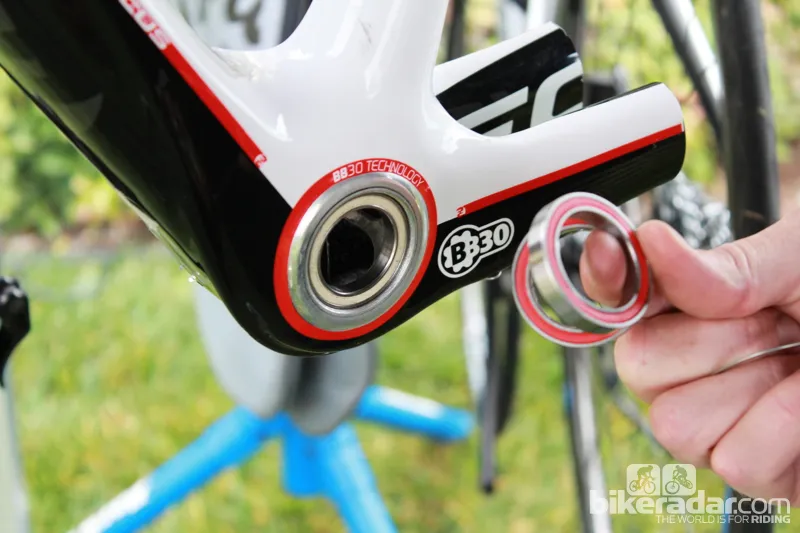
It's sometimes proposed that metal sleeves can be bonded into the bottom bracket shell of carbon frames, which can then be reamed to the required size.
Beyond the issues with adding metal sleeves to carbon frames described previously, though, Luescher also says such inserts can potentially deform to the shape of the carbon shell, as the thin alloy may not be able to hold its shape after being bonded to the relatively stiffer shell.
Retaining compounds such as Loctite, or specialist problem-solving bottom brackets, can help when things aren’t quite perfect, but riders shouldn’t be required to resort to such things when another, more obvious solution exists.
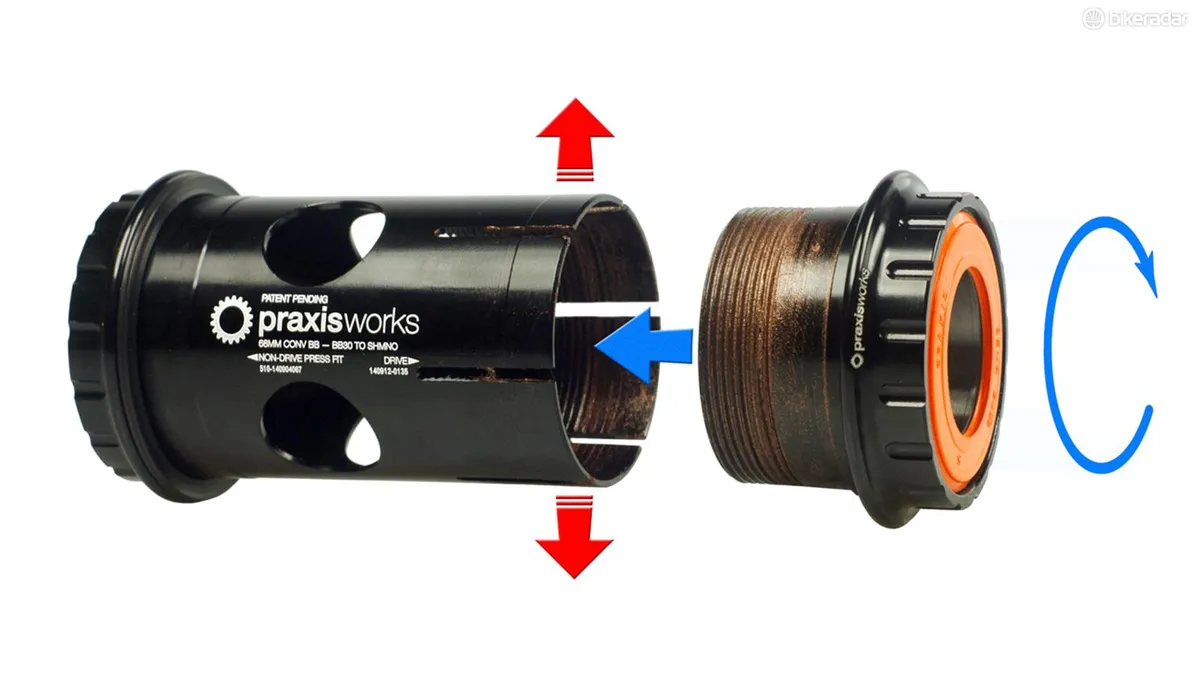
Whose problem is it anyway?
Whatever the difficulties in manufacturing such things, a frame with a bottom bracket shell, or any other part, which doesn’t meet the specifications required (within the specified degrees of tolerance), shouldn’t end up in the hands of a rider.
Too many riders have unfortunately experienced these issues and, as a result, there has been a noted increase in calls for a return to threaded systems in recent years.
On one hand, it’s good to see the industry responding to the demands of consumers.
On the other, it’s disappointing to think some manufacturers seemingly can’t guarantee good enough quality control to continue with what is, on paper, the optimal bottom-bracket solution. Especially when we’re talking about bikes that often cost thousands of pounds / dollars / etc.
As James Huang noted back in 2014, the ultimate creaky bottom bracket fix is for bike brands to improve their manufacturing tolerances and quality-control processes.
And unless that happens, a simple backwards step to threaded bottom bracket systems might not be the panacea so many hope it is.
